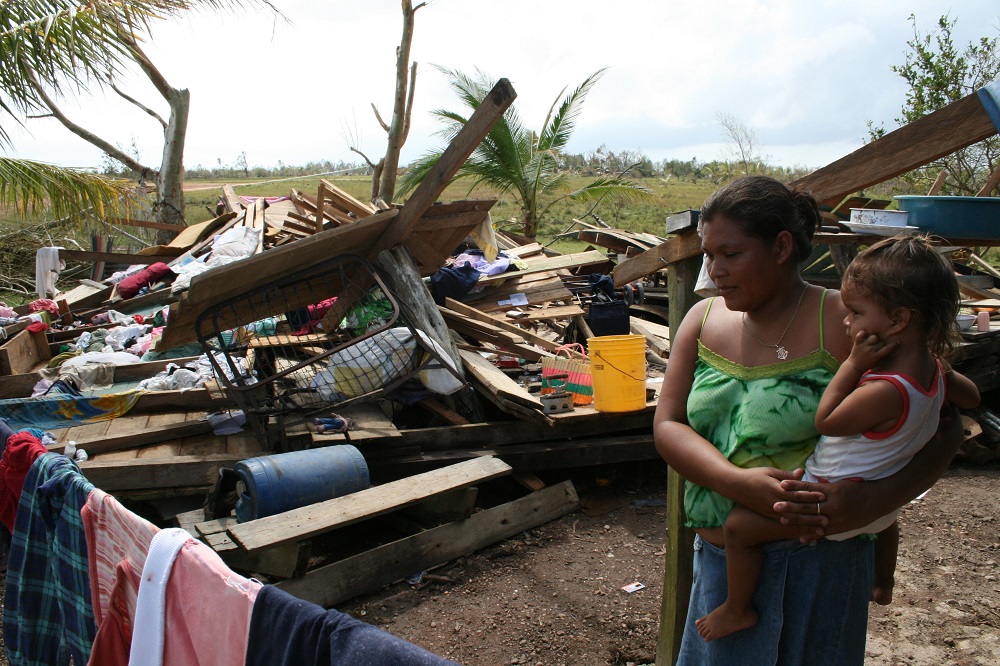
Statement by Prof. Walter Kaelin, Envoy of the Chair of the Platform on Disaster Displacement on the Occasion of the 2022 High Commissioner’s Dialogue on Protection Challenges
The event was held on 7 and 8 December, focused on the theme of development cooperation aimed at advancing protection, inclusion, and solutions for forcibly displaced and stateless persons as well as host communities. Prof. Kaelin participated in Spotlight 6 on “Promoting enabling policy environments for solutions” on 7 December.
——–
What needs to be done to reach solutions for internally displaced persons or returning refugees in the context of climate change?
I just came back from Fiji where we looked at planned relocation in the context of disasters and adverse effects of climate change. Fiji is a country at the forefront of action to find solutions for persons at risk of or already displaced in such situations. It already relocated several communities that cannot return to their original homes due to eroding coastlines or lands-slide affected mountain slopes. And yet, Fiji faces many challenges which can be generalized. They include issues related to land and property rights when communities have to be resettled to land owned by other communities, the creation of sustainable livelihood opportunities, or the huge difficulties of accessing climate funds.
Earlier this year, I did some work in Burundi where returning refugees face huge challenges to reintegrate in areas of origin, where food insecurity linked to scarcity of land and marginalization is exacerbated by climate change impacts, factors that undermine the sustainability of returns, I also remember meeting displaced pastoralists in Somalia and Southern Ethiopia who had lost their animals twice or three times within a decade and remain in protracted internal displacement because they cannot go back to their previous lifestyles due to recurrent droughts. Here, too, the main challenges is the creation of new, sustainable livelihoods that are adapted to the realities of climate change, but this neither at the centre of international responses nor sufficiently supported by donors.
These, and many other examples I could quote, indicate that solutions for internally displaced persons or returning refugees in the context of climate change at scale cannot be achieved with our traditional ways of working. They are neither a humanitarian issue nor something that an be solved with a project here or there. As highlighted by the High-Level Panel on internal displacement, they require a development-oriented approach. Among others, such as human rights-based and gender- and diversity-sensitive approaches, the following elements are necessary to reach sustainable solutions:
First, adequate normative frameworks at domestic levels such as the planned relocation guidelines of Fiji or Somalia’s durable solutions strategies and the integration of solutions into development plans at national, sub-national, and local levels.
Second, institutional frameworks that allow for a whole-of-government approach and partnerships with civil society actors and the private sector.
Third, a primary focus at operational levels on the transformation of livelihoods to cope with and adapt to climate change impacts and much more attention to land issues, in particular in the case of planned relocation or return to areas of origin.
An finally, improved systems allowing also States with limited administrative capacity to access climate funding and financing.
Cover photo: © UNHCR




